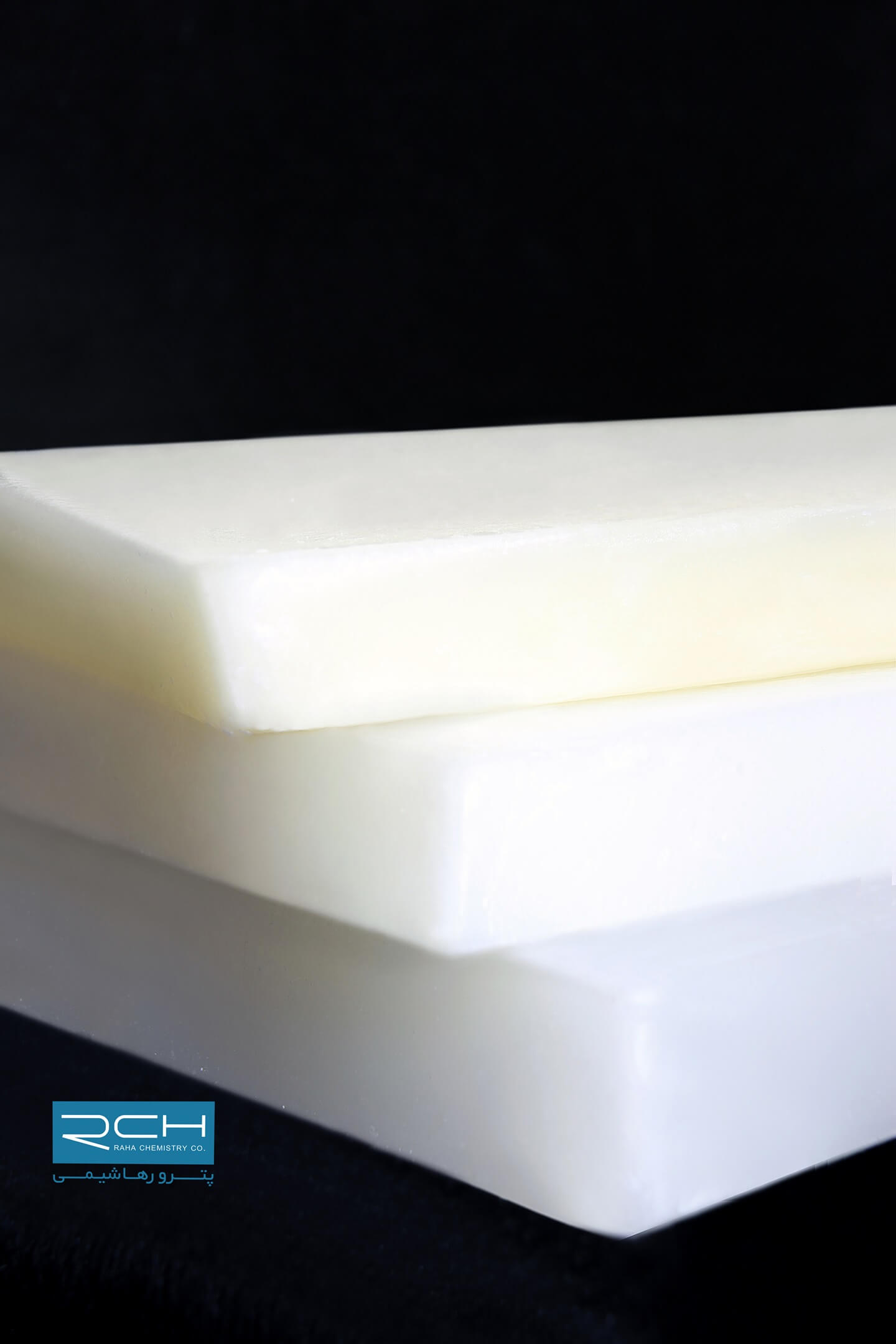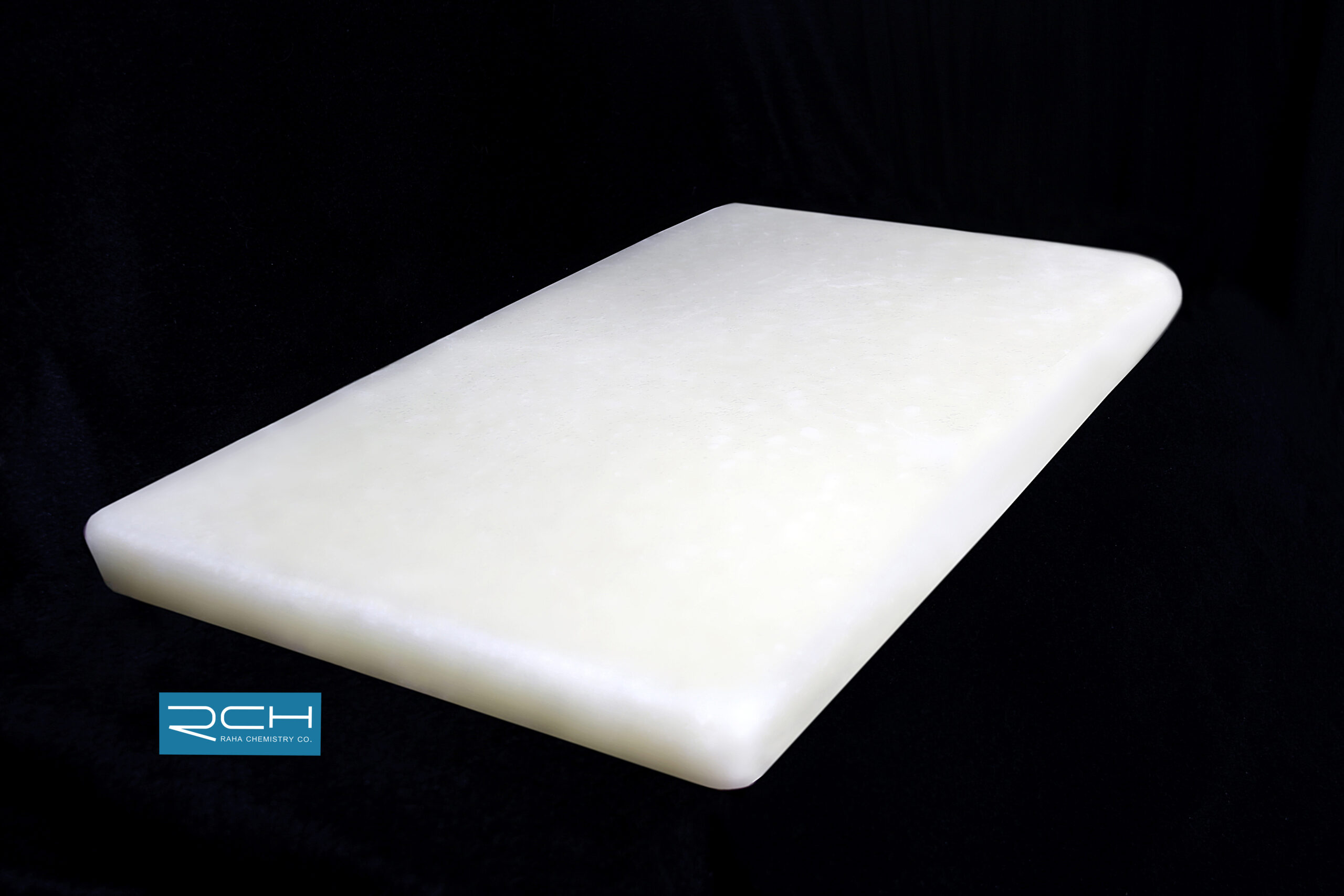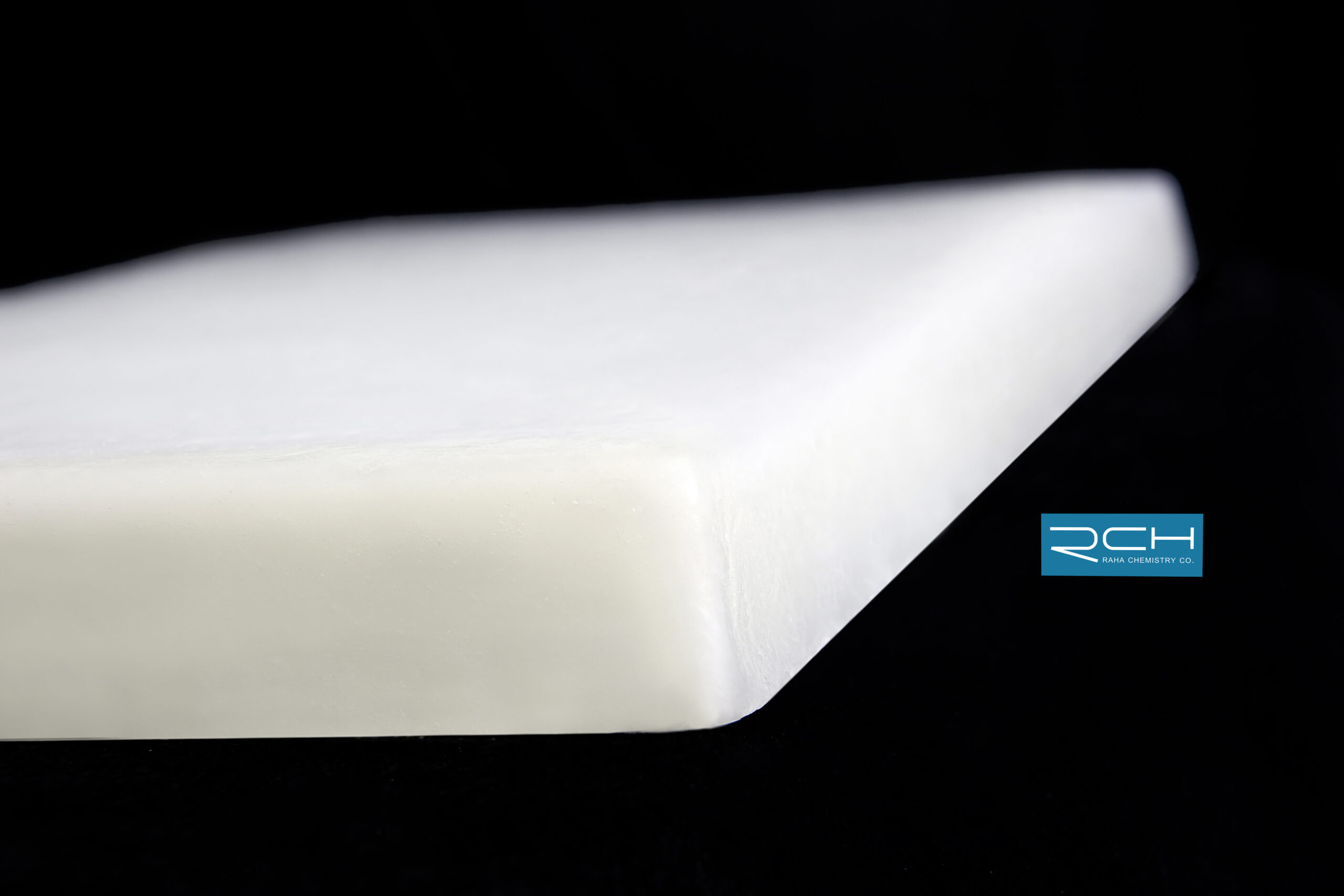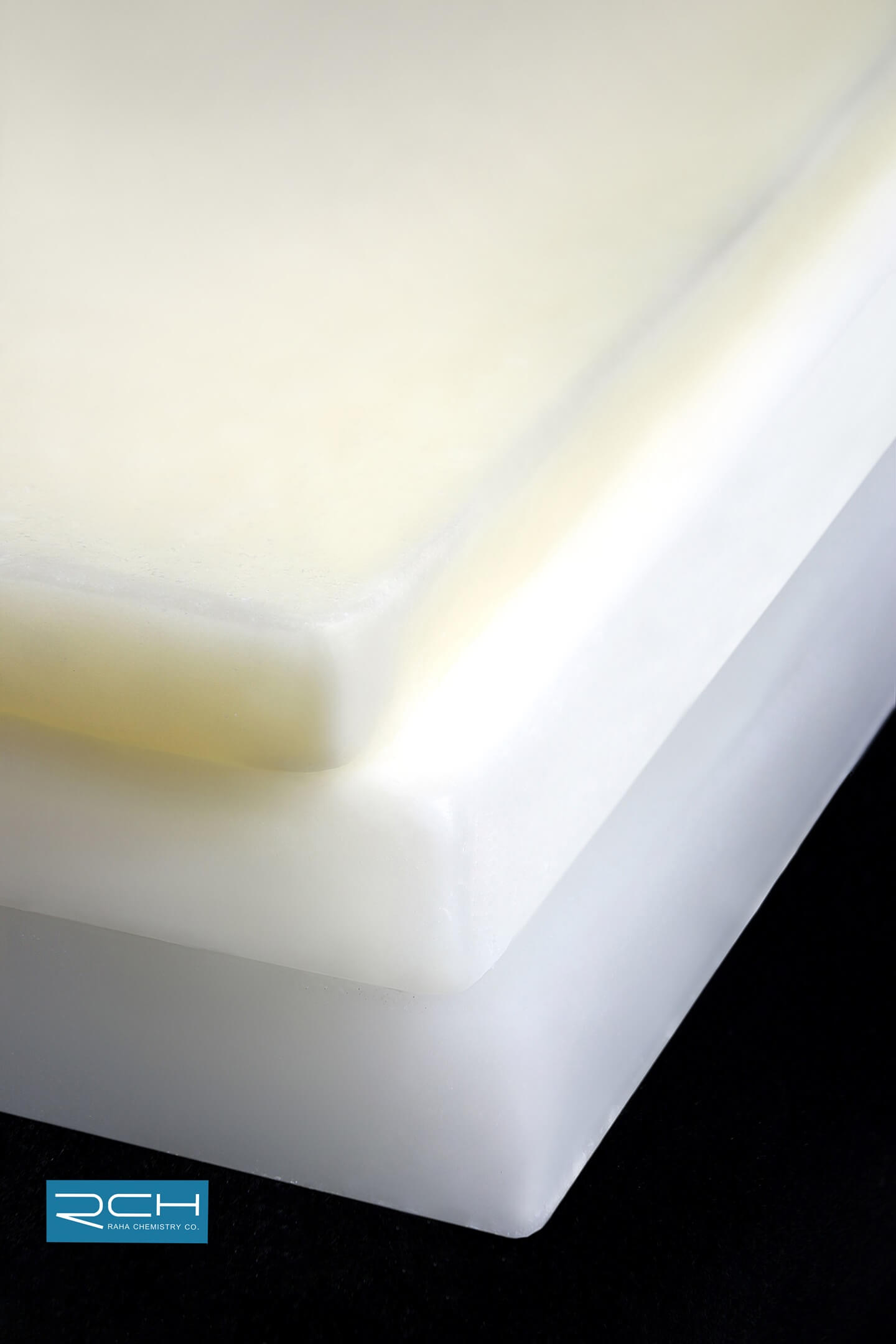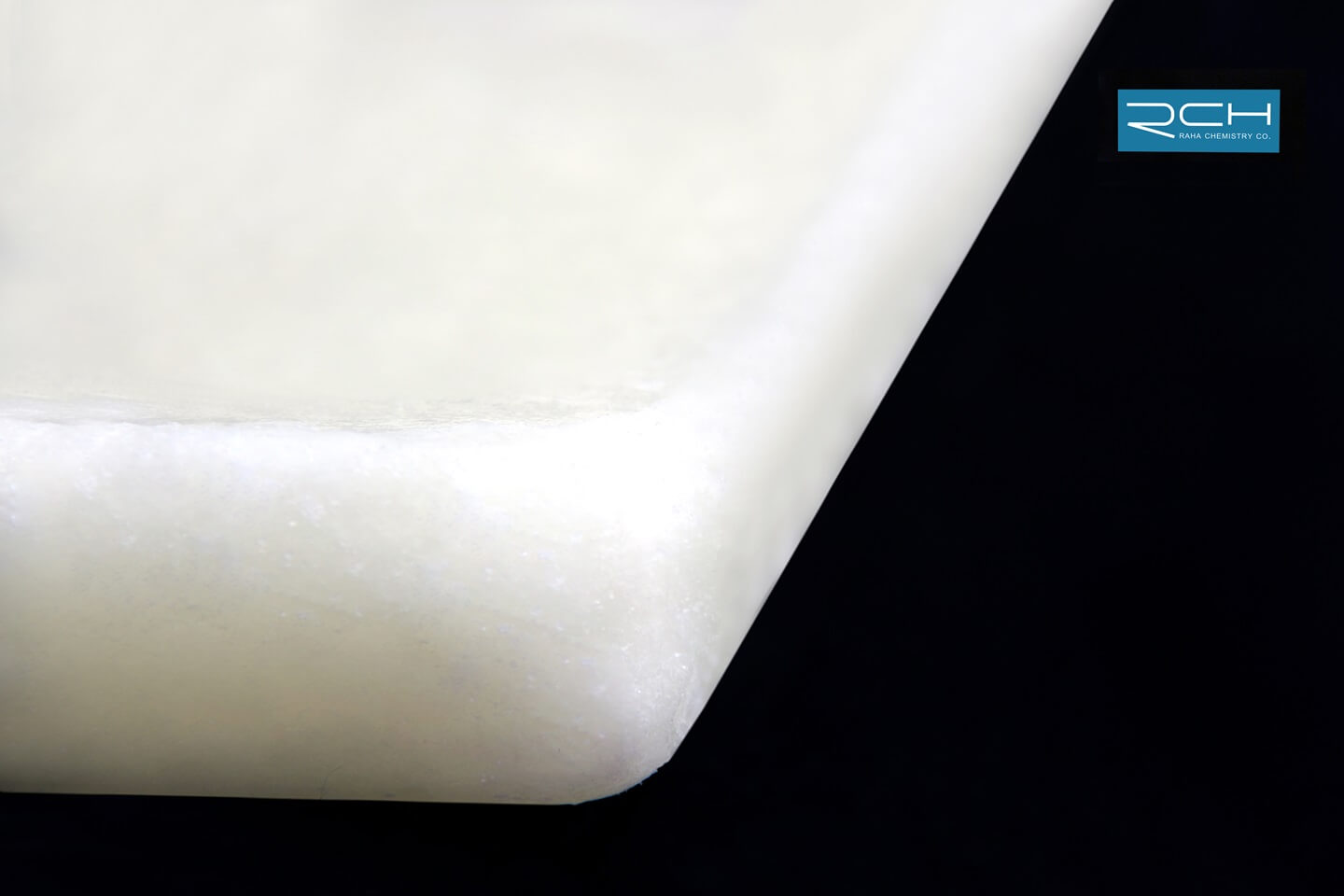Introducing Light Solid Paraffin
Light solid paraffin is one of the most widely used petroleum derivatives across various industries. Thanks to its unique physical and chemical properties, it is utilized in candle manufacturing, cosmetics and personal care, packaging, and even as an industrial lubricant. This material is offered in solid form, typically as granules or packaged blocks.
What is Light Solid Paraffin?
Light solid paraffin is derived from crude oil refining processes. After removing heavier components, it undergoes purification to produce a colorless, odorless, and non-toxic material. Compared to heavy paraffin, light solid paraffin has a lower melting point and density, making it more suitable for delicate applications such as cosmetics or decorative candles.
Applications of Light Solid Paraffin
One of the most significant uses of light solid paraffin is in candle manufacturing. Candle producers use this type of paraffin to achieve better molding and reduce soot during burning. Additionally, in cosmetics and personal care products such as protective creams or coating materials, light solid paraffin acts as a softener and protective agent. In packaging industries, it serves as a moisture-resistant agent for safeguarding food products or cartons.
Purchasing Light Solid Paraffin: Key Considerations
When purchasing light solid paraffin, buyers must focus on technical specifications like purity, melting point, color, analysis, and production standards. Collaborating with reputable manufacturers such as Raha Shimi ensures quality, competitive pricing, and prompt delivery.
At Raha Shimi, we manufacture light solid paraffin in accordance with domestic and export standards and provide bulk supplies for chemical, personal care, and candle-making industries.
How Is the Price of Light Solid Paraffin Determined?
The price of light solid paraffin depends on various factors such as refining quality, production costs, currency exchange rates, and demand levels. Packaging type—whether bulk, molded, or granulated—can also affect the final price.
To obtain accurate daily pricing, buyers are advised to contact the sales department directly for a quote, stock availability, and delivery conditions.
Exporting Light Solid Paraffin
Thanks to the high quality of paraffin produced in Iran, the export of light solid paraffin to neighboring countries such as Iraq, Turkey, and CIS countries has seen significant growth. Companies like Raha Shimi facilitate the export process by providing certifications such as MSDS, COA, and compliance with international standards.
Differences Between Light and Heavy Solid Paraffin
A common question among bulk buyers is the difference between light solid paraffin and heavy paraffin. Light paraffin, with a lower percentage of heavy components, higher transparency, and a lower melting point, is suitable for more delicate applications. In contrast, heavy paraffin, with higher viscosity, is typically used in heavy industrial applications and lubricants.
Packaging and Transport of Light Solid Paraffin
Light solid paraffin is usually offered in blocks ranging from 5 to 25 kg or as granules packed in durable bags. Standard packaging ensures easy transportation and protects the product from contamination during handling.
How to Buy Light Solid Paraffin?
The best method to buy light solid paraffin is to order directly from the manufacturer. This approach reduces intermediary costs, provides better quality control, and allows for expert consultation.
Raha Shimi, as a trusted producer of light solid paraffin, is ready to fulfill bulk orders for various industries.
If you need assistance with purchasing light solid paraffin or want more information about technical specifications and export conditions, feel free to contact us via our “Contact Us” page. Our sales team is ready to respond to your inquiries and provide quotations in the shortest time possible.
Final Words for Buyers of Light Solid Paraffin
Light solid paraffin, as a valuable raw material, plays a vital role in enhancing the quality of final products across diverse industries. A thorough understanding of its properties, applications, and differences with other paraffin types helps buyers make confident and cost-effective choices.

